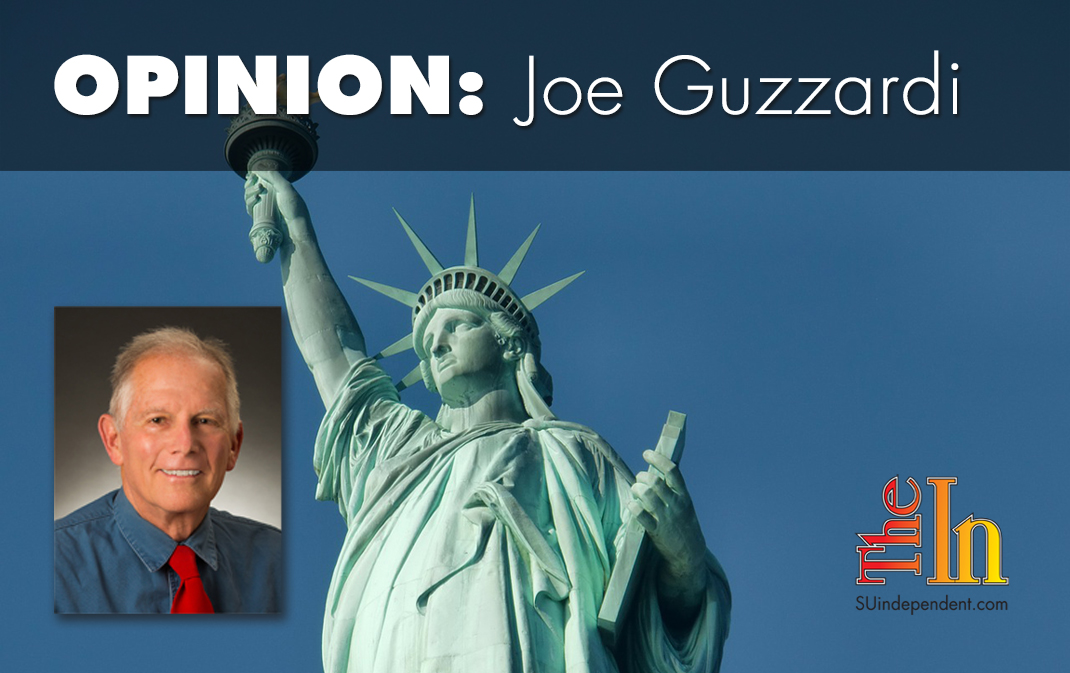
Fed chair calls slow wage growth “a puzzle”
In its new study, “Tapping the Skills of Highly Skilled Immigrants in the United States,” the Migration Policy Institute stated that, according to economists, by the end of this decade, the nation will have a 5-million shortage of job-qualified persons with postsecondary educations. Immigrants’ rising education levels might, wrote MPI, represent a great opportunity for the U.S. economy. Yet, MPI noted, one-quarter of immigrant college graduates in the U.S. — nearly two million people — are either unemployed or work in jobs that require no more than a high school degree.
MPI supports higher immigration and the integration of immigrants. Nevertheless, MPI found that two million college-educated immigrants are unemployed or underemployed. The logical conclusion to draw from MPI’s research would be to cut migration until the existing foreign-born population reaches full employment, or close to it. Until then, adding immigrants only makes job competition more challenging for new migrants, American workers, and already present lawful permanent residents.
For years, immigration activists have argued that with alleged labor shortages looming, the appropriate strategy, in anticipation of the inevitable crunch, is to import workers immediately. The more prudent approach, however, would be to wait until the predicted shortage becomes reality, and then adopt an as-needed immigration policy. Scare tactics — the labor-shortage wolf cry — never come to fruition because, among other reasons, there are millions coming out of our high schools and colleges and entering the labor pool. In 2018, 3.6 million students graduated from high school, and in 2017, 1.29 million received associate degrees, 2.03 million graduated with bachelor’s degrees, 982,000 received master’s degrees, and 209,000 earned doctorates.
Truth be told, labor shortages are good news for American workers, and for those recent graduates just beginning their job searches. Shortages translate into an easier path for unemployed people to find jobs, a stronger employment market for people who previously quit the workforce, and a greater incentive for businesses to pay higher wages to attract the employees they need.
Another positive outcome to workers’ rising incomes is that they get a larger share of the economic pie, a benefit that has been denied them in the cheap-labor era. Federal Reserve Board Chair Jerome Powell acknowledged as much when he said at a Washington, D.C. news conference last month that the meaningful pay hike elusiveness was a “puzzle.” But Powell offered up one strong possibility: American workers aren’t generating enough additional value for each hour on the job.
Despite the outcry about labor shortages, corporate-promoted and media-endorsed, the facts belie the claim. National wage growth for the last few years has been tepid, about 2.7 percent, and not an indicator that employers have reached the desperate stage. Realized wage gains still aren’t strong enough to offset the losses suffered after the Great Recession.
Returning to the MPI study, if two million postsecondary-educated immigrants are unemployed or underemployed, then the conclusion must be that higher immigration levels would hurt all.
Census Bureau data show that 1.03 million legal and illegal immigrants settled in the U.S. in the first six months of 2016. Based on historic patterns, a total of 1.8 million immigrants likely came during the entire 2016 year. Newly arrived immigrants included work-authorized green card holders and long-term temporary visitors such as guest workers and overseas students, many of whom eventually become permanent residents.
Simply stated, immigration, especially immigration that includes employment authorization, is too high. To keep upward pressure on wages, and to keep labor markets tight, immigration should be reduced.
The viewpoints expressed above are those of the author and do not necessarily reflect those of The Independent.
How to submit an article, guest opinion piece, or letter to the editor to The Independent
Do you have something to say? Want your voice to be heard by thousands of readers? Send The Independent your letter to the editor or guest opinion piece. All submissions will be considered for publication by our editorial staff. If your letter or editorial is accepted, it will run on suindependent.com, and we’ll promote it through all of our social media channels. We may even decide to include it in our monthly print edition. Just follow our simple submission guidelines and make your voice heard:
—Submissions should be between 300 and 1,500 words.
—Submissions must be sent to editor@infowest.com as a .doc, .docx, .txt, or .rtf file.
—The subject line of the email containing your submission should read “Letter to the editor.”
—Attach your name to both the email and the document file (we don’t run anonymous letters).
—If you have a photo or image you’d like us to use and it’s in .jpg format, at least 1200 X 754 pixels large, and your intellectual property (you own the copyright), feel free to attach it as well, though we reserve the right to choose a different image.
—If you are on Twitter and would like a shout-out when your piece or letter is published, include that in your correspondence and we’ll give you a mention at the time of publication.
Articles related to “Fed chair calls slow wage growth ‘a puzzle'”
As Hispanics support Trump’s immigration policies, GOP has lessons to learn
Democrats’ immigration dogma is damaging African American communities



